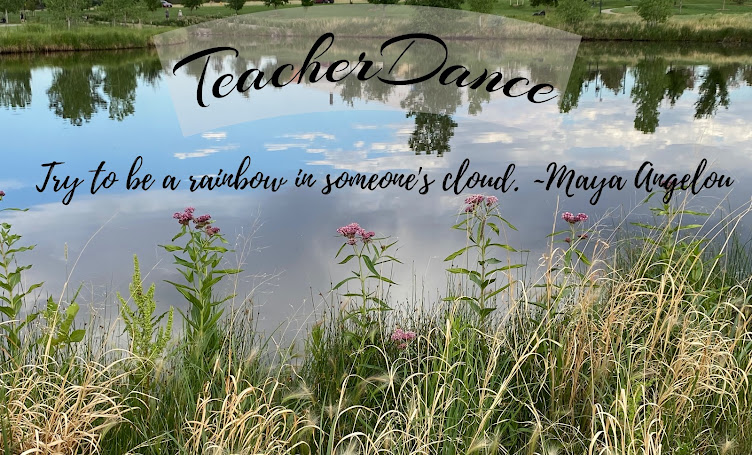A month ago, Tabatha invited us to join her for a Poetry Friday full of poetry by Naomi Shihab Nye or inspired by her. Not long after, Nye was honored as the new Young People's Poetry Laureate. It is wonderful that we will hear from her all the year ahead, as will teachers all over the country, and now our celebration today from those who are taking this challenge.
I taught all the years in an independent school for gifted children. My love and commitment was for middle-school-aged children, often having students for three years, but always for two. The final years I spent with all ages as the literacy coach. I loved teaching but realized that many of my students had few opportunities to know about other lives in our country, our world. Naomi Shihab Nye entered my life when I discovered two of her anthologies, This Same Sky and the flag of childhood, poems from the middle east. I no longer have the first one as I passed it on to a young teacher whom I mentored; both brought lives from others into my students' lives. For that, and so many more books from Naomi Shihab Nye, I am grateful.
One poem I have used since discovering it is from the book Come With Me, Poems for a Journey, illustrated by Dan Vaccarino. I often had students write oral histories and poems from their discoveries of new lives different from theirs and sometimes a childhood memory. This poem was a start.
Tío Pete
He was old as a basket
and he carried morethan a basket carries.
Where he was going
tasted green and sweet
as the inside of a melon
that sleeps for days
in the sun.
His pants were gray flannel,
and his sturdy heart a stem.
He remembered when the streets
were made of bricks.
For you he brought the fruit of papaya,
the yellow bell of the tree.
For you he brought a worn leash
to link you to your little dog.
No more little dogs for him.
He was old as a basket
and he carried the days
before you were born.
So you opened
your door
with a hundred
happy arms.
He sat in a chair
and made
a different
country
there.
One final book I would recommend is Salting the Ocean, 100 poems by young poets. This book is filled with unknown child poets from the years of Naomi's school visits, one I used often to show how wonderful it is to write one's own story in poetry. In her forward, these words inspire: "You are making a map of the days you live."


























